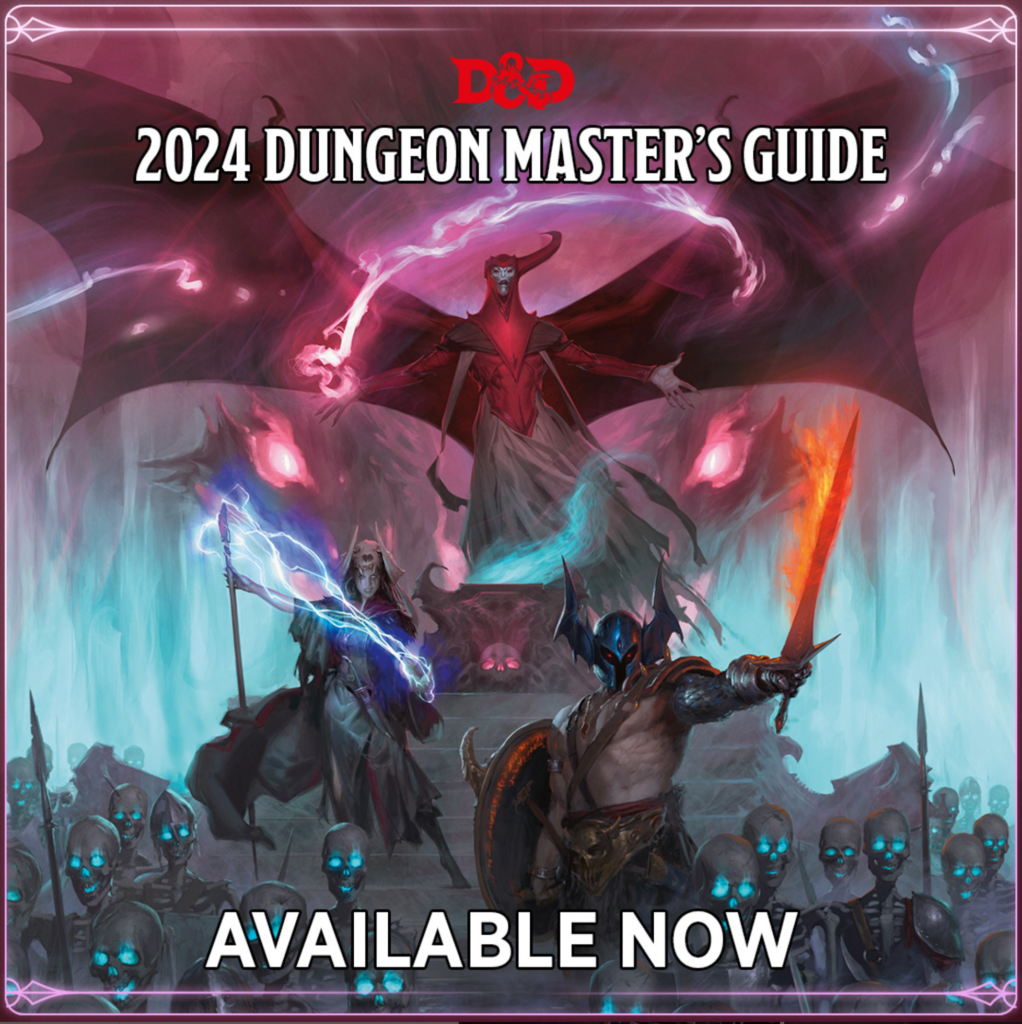Published on October 13, 2024
Written by Bardic Quest
Greetings, adventurer! Welcome to your Dungeons & Dragons (D&D) initiation journey, expertly guided by Bardic Quest. If you’re new to the realm of role-playing games or curious about how the magic unfolds around the tabletop, you’re in the right place. Dive into our beginner-friendly guide and embark on your own D&D adventure armed with the essentials.
Introduction to D&D: The Pillars of Role-Playing
Dungeons & Dragons is not just a game; it’s a universe of imagination where stories unfold through collaborative storytelling. Contained within the pages of the Player’s Handbook, the Dungeon Master’s Guide, and the Monster Manual, are the endless possibilities of adventure. But while these books total around a thousand pages, mastering D&D doesn’t need to be daunting. The game is, at its heart, quite straightforward.
The Core Gameplay Loop
Every D&D session is centred around three simple steps, making it accessible even for those just getting started.
Step 1: The Dungeon Master’s Narrative
The Dungeon Master (DM) sets the stage. They describe where the players find themselves, detail the surroundings, and envelop each scene with atmospheric stimuli—what characters can see, hear, smell, and touch. Envision walking down a long corridor adorned with black and white marble tiles, facing the choice between two intriguing paths: a white marble door or a black marble door.
Step 2: The Player’s Reaction
Players then describe their characters’ actions in response to the DM’s narrative. This interplay can involve anything from listening at doors to sneak a glimpse of what lies beyond, to bravely stepping through an opened threshold. Perhaps a player decides to investigate the white marble door, curiosities piqued, while another leans close to the black door to catch a whisper of sound on the other side.
Step 3: The DM’s Adjudication
The DM takes players’ actions into consideration and decides the result. This might involve assessing the likelihood of success, often asking players to roll dice to test outcomes. For instance, unlocking a door or picking up a sound might require some chance dice rolls. If the door opens, perhaps the players find a room filled with angelic gifts; if it remains locked, their aspirations are momentarily thwarted. Dice come into play when the outcome is uncertain, infusing a spirit of chance and skill into the game.
Repeating the Cycle
After resolving any actions, the DM prompts, “What do you do next?” and the cycle begins anew. This dynamic loop of action, reaction, and resolution is what makes Dungeons & Dragons captivating and limitless in its potential for storytelling.
Getting Started: The Simplicity of Engagement
Starting the journey doesn’t demand an intimate knowledge of the rulebooks, especially if a character is pre-generated by the DM. A seasoned DM will help you navigate rules effortlessly, usually only requiring the roll of a d20—the iconic twenty-sided die. Whether exploring dungeons, traversing wilderness, or engaging in combat scenarios, the basic steps of narrating, declaring, and responding remain constant.
Final Thoughts: Embrace the Adventure
We hope this guide provides clarity to new players stepping into the world of Dungeons & Dragons. The best way to learn is to play, letting your imagination run wild within this structured yet boundless framework. As you venture further, subscribe to our YouTube channel for deeper dives into D&D and to witness games played in real-time.
Thank you for joining us on this quest. May your rolls be high and your adventures grand! Catch you next time, fellow adventurer.






